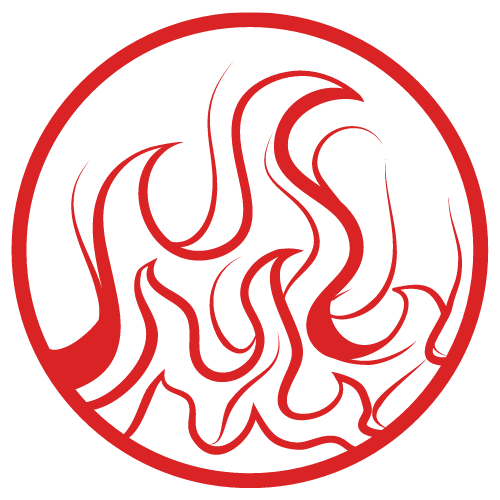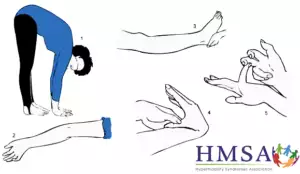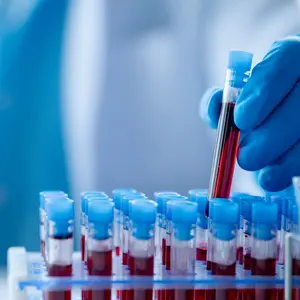

Chronic Conditions and Diseases

Chronic Conditions and Diseases
Cellular Health and Hypermobility
I learned some interesting things at a recent conference that explored chronic infections and hypermobile joint conditions. The current classification of “Hypermobility” is undergoing a change and in the literature moving forward, it will be split into Hypermobility Spectrum Disorder (HSD) and Hypermobile Ehlers-Danlos Syndrome (hEDS). Ehlers-Danlos Syndrome (EDS) and Marfan’s Syndrome are the most well-known inherited connective tissue diseases. This new current classification system creates a category for those with hypermobility who do not meet the stringent criteria for hEDS. HSD has largely been unrecognized or acknowledged up to this point.
What does this all mean? Why is this important to know? This can be an underlying issue for people with the following symptoms: headaches, circulatory issues, neurologic issues such as POTS [postural tachycardia syndrome], anxiety, depression, and PTSD. It can also manifest as a bowel issue (GERD, Crohn’s), autoimmune disease, gynecologic issue, chronic fatigue, mast cell activation syndrome, or other structural issues.
How do you know if you are hypermobile? There is a scoring system called the Beighton Scoring System that involves 9 different movements.
- Pinky finger extension
- Thumb flexibility (bends to touch forearm)
- Elbow hyperextension
- Knee hyperextension
- Trunk flexibility (bend over at waist and can place palms flat on floor).
Each of the first 4 movements are tested on both sides, creating this 9-point score. A score of 4 or more indicates hypermobility.

Being hypermobile alone is not necessarily a bad thing. As noted above, some people are born with this flexibility, and others can acquire this (e.g., from practicing yoga). There are a number of toxins and pathogens that can trigger a sudden onset of hypermobility such as Lyme, Bartonella, mold, fluroquinolone antibiotics, and mercury, among other issues.
You may wonder how hypermobility and the extracellular matrix (ECM) are connected. The ECM is a support structure for our cells and organs. It plays an important role in cell-cell communication, signaling, stem cell function, fluid balance, and pressure gradients. The ECM also helps to modulate cell survival and death (which is normal process when regulated). It is primarily composed of proteins, polysaccharides, and water and is involved in immune signaling and propagating positive and negative charges between and within cells. Our lymphatic system serves to transport nutrition through the ECM.
If a person has a weakened ECM, through genetics or infection/injury, there can be dysregulation of cell signaling, further degradation of the ECM, chronic inflammation, and impaired ability of cellular repair (growth factors). The support structures (connective tissue) may be further weakened and lack the ability for adequate repair/return to a normal or previous baseline. This is where the science can get pretty complex. (See list resources for further reading.)
What Can We Do?
There are a variety of things we can do in terms of nutritional support. Focus first on hydration and making sure that you are getting adequate trace minerals and electrolytes. Your extracellular matrix is comprised of proteins, so it is important to make sure that you are getting adequate protein and amino acids (between 1.0-1.5gm of protein per kg of body weight daily, or weight in pounds/2.2). Proteins are made up of amino acids, and complete proteins are comprised of essential amino acids that we cannot produce and need to get from food. They are found in meat, poultry, fish, eggs, dairy, quinoa, buckwheat, hempseed, blue-green algae, and soybeans.
We can support the polysaccharides in our matrix with aloe vera, marine red algae, and both lion’s mane and maitake mushrooms.
Multiple other supplements can be used as support, which are based on each person’s particular symptoms. We can also utilize physical therapy, resistance training, and other energetic therapies to promote healing as well.
The goal of this article is to inform, spark conversation, and provide hope.
REFERENCES
Joint Hypermobility Syndrome — UpToDate
The Extracellular Matrix and Ground Regulation: Basis for a Holistic Biological Medicine – Alfred Pischinger
Toxic: Heal Your Body from Mold Toxicity, Lyme Disease, Multiple Chemical Sensitivities, and Chronic Environmental Illness — Neil Nathan


 By
By


